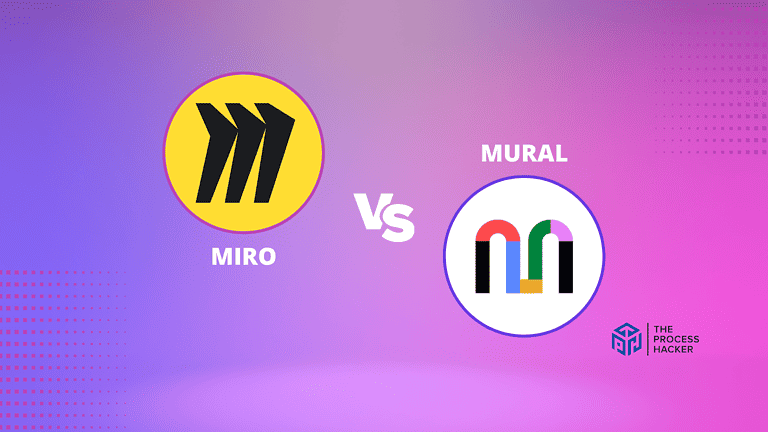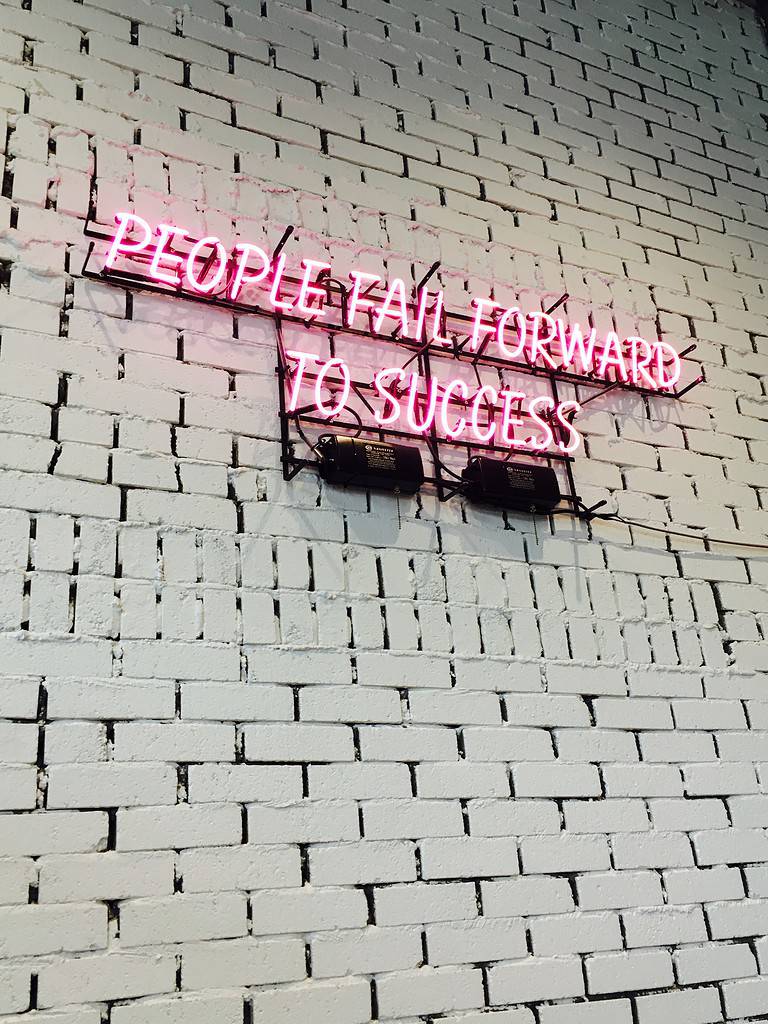Smart Teams: How To Build Effective Teams
Even though teams are fundamental to the success of an organization, team building is a skill that’s often overlooked. We usually operate with a belief that simply recruiting talented individuals will result in overall team success. However, you can’t just promote someone to be a manager, hire a few people, and expect them to work well together.
Carnegie Mellon Professor Anita Williams Woolley has demonstrated that the Smart Teams framework can be used to predict team performance by measuring collective intelligence.
Collective Intelligence is the shared intelligence that emerges from collaboration, competition, and accountability among team members.
Smart teams with high collective intelligence will get the most out of their members, enabling each of them to do more than they can on their own. The Smart Teams framework consists of three vital components, each of which has an impact on the team’s collective intelligence:
- Right People: Who is on your team?
- Right Goals: What is your objective? Why is it compelling?
- Right Coordination: Does your team work well together?
Before diving into these three components, you should identify and organize the specific tasks or projects that your team needs to get done. Team composition and dynamics are heavily dependent on the work, which may require different types of people.
Right People

When you have the Right People on your team, they’ll bring their own knowledge and skills together to improve the collective intelligence of the team. When assembling a team, you need to have an appropriate number of people for the tasks they’ll be given, and these people should bring a diverse set of perspectives and a balance in expertise to the team.
Number of People
Sports teams have settled on a specific number of active players: eleven in football, five in basketball, six in volleyball, etc. Size does matter in team performance, and teams can be under- or overstaffed. Typically, smaller groups are better at optimizing performance.
French engineer Maximilien Rengelmann conducted several experiments to investigate team size and performance. During a rope pulling experiment, he found that the larger a team became, each individual’s efforts were greatly diminished. The group seemed to experience “social loafing,” which is the psychological phenomenon of “team members reduc[ing] their effort because they feel less responsible for the output.” Larger teams may also struggle to coordinate tasks and provide fewer opportunities for individuals to contribute.
The optimal team size depends on the situation and context. Regardless of the size you choose, each person needs to count and contribute. Evan Wittenberg, Director of the Wharton Graduate Leadership Program, has stated that while the research is “not conclusive, it does tend to fall into the five to 12 range, though some say five to nine is best, and the number six has come up a few times.” Wharton Professor Katherine Klein says that five is the ideal number for team size. Larger teams will suffer from losing individual quality and performance, while smaller groups will have to contend with skill gaps and uncomfortable social dynamics.
Social Perceptiveness
Can you figure out someone’s thoughts and emotions from their eyes and behavior? If you often can, you probably have high levels of social perceptiveness. This is a specific type of social intelligence. MIT Sloan Professor Thomas Malone defines social perceptiveness as follows:
Social perceptiveness is the “ability to discern what someone is thinking through some means of human observation.”
Malone studied this type of intelligence by administering a test known as “reading the mind in the eyes.” The study participants had to guess people’s emotions from looking at pictures of other people’s eyes and faces. In his research, he found that team performance drastically improved when individuals developed their ability to read emotions or social perceptiveness skills. Additionally, since women on average are more socially perceptive than men about their coworkers, he found that the teams with a greater proportion of women were more likely to demonstrate a higher collective intelligence.
Loren Minor, the COO of Decision Toolbox, has become known as a mind-reading expert. She attributes it all to perception. Here are her top three tips for becoming more perceptive in the workplace:
- Become a Better Listener. Actively listen to what others are saying, and notice what they’re not saying. This helps you understand the perspective and emotions that are being communicated to you.
- Understand People’s Backgrounds and Preferences. Become aware of others’ unique perspectives based on their experiences and culture. Foster an environment that allows people to feel comfortable sharing their viewpoints.
- Focus on the Nonverbals. Nonverbal cues include facial expressions, vocal tonality, body gestures, and eye contact. Pick up on the emotions that are being communicated through others’ body language.
Cognitive Diversity
“Being around people who are different from us makes us more creative, more diligent, and harder-working.” – Professor Katherine W. Phillips
Cognitive diversity is the “inclusion of people who have different ways of thinking, different viewpoints, and different skill sets in a team or business group.”
Diversity improves the collective intelligence of a team by:
- Enhancing innovation and creativity;
- Promoting seeking further knowledge and viewpoints; and
- Enabling better problem solving and decision making
You should construct a team that is diverse both informationally and socially. It is easy to see how a team with a wide range of knowledge will outperform a homogenous group when resolving challenging problems.
The benefits of social diversity may seem less obvious, but Columbia Professor Katherine W. Phillips found that teams with greater social diversity similarly outperform homogenous groups. Social diversity teams have members of various races, ethnicities, genders, etc. This necessitates that each team member interacts with people who have different experiences and perspectives. Social diversity improves collective intelligence as it causes members to prepare more, expect alternate perspectives, and work to compromise.
Right Goals

Setting the Right Goals or Big Rocks for a team improves collective intelligence by appropriately defining the outcome that the team envisions, plans, and commits to achieve. The team as a whole, as well as each member individually, should define goals that are challenging and SMART (simple, meaningful, actionable, realistic, and trackable).
Challenging
Easy, small goals do not motivate people very much, and they encourage people to get stuck thinking in the short-term. In their book Built to Last, Jim Collins and Jerry Porras recommend using Big Hairy Audacious Goals (BHAGs). BHAGs are challenging long-term goals for an organization or a team that everyone can understand and buy into.
A smart team should establish challenging goals that motivate team members to take action on them. BHAGs communicate passion, enthusiasm, and energy to everyone in the group. They enable people to feel like they are making an impact and contributing to a legacy. Of course, you should avoid making these goals impossible or too challenging, as that will cause your team members to become frustrated and disappointed.
SMART Goals
Your team should establish Smart Goals (Simple, Meaningful, Actionable, Realistic, and Trackable). These goals will help the group find clarity of purpose, as well as establish clear objectives that will make it easier to work toward achieving the team’s ultimate goal.
In Start Finishing, Charlie Gilkey provides a framework for SMART goals that is different from the typical SMART acronym:
- Simple: A simple goal helps your team clearly understand what you all want to accomplish. Do your team members know what they need to do to start making progress toward the goal?
- Meaningful: A meaningful goal provides a compelling purpose for why each member should work toward that goal. Do your team members understand why the goal is important?
- Actionable: An actionable goal helps your team take bold, consistent action. Do your team members know what tasks need to be done to achieve the goal?
- Realistic: A realistic goal is something that the team has the capacity to accomplish within a specific period. Can your team members achieve the goal with the available resources?
- Trackable: A trackable goal helps the team monitor progress, set deadlines, and determine when the goal has been reached. Can your team members quantitatively measure progress toward completing the goal?
SMART Goals will help your team clearly determine what it wants to accomplish and why. To learn more about Charlie Gilkey’s book, you can read our summary of Start Finishing.
Balancing Focus: Process and Outcomes
Do the ends justify the means, or do the means justify the ends? When setting goals, your group can choose to focus on the outcome or the process. Both have benefits and drawbacks; smart teams should work to balance these focuses.
Process-Focused Teams: These teams work in a procedural way, with an emphasis on schedules, specific tasks, and individual roles.
- Advantages: Well-established processes provide a standardized way for members to produce consistent, comprehensive results. When someone joins a team, they don’t have to “figure it out.” They can easily be shown the process and begin contributing immediately. Individuals follow the process to produce a certain activity in a given time interval, such as calls made, sales automation, goods produced, services rendered, etc. Everyone can see where others are at in the process, so progress can be easily tracked.
- Disadvantages: Processes do not allow much room for creativity, as “thinking outside” the process is tough. Once established, it may be difficult to make adjustments to the process for unique situations. Also, processes can cause team members to become lazy and complacent, as they can cause work to become dull and tedious.
For more on implementing processes in your team or business, check out the books, Traction (book summary) or Process (book summary).
Outcome-Focused Teams: These teams work toward a result, possibly with a deadline, and take steps necessary to reach their goal.
- Advantages: Outcomes provide a definitive goal for members to achieve. Parkinson’s Law states that “work expands so as to fill the time available for its completion.” An outcome-focused team will see its members identifying priorities and being innovative to get their work done within the provided deadlines and resource constraints. The group will work efficiently to overcome obstacles imposed by procedures and reduce or eliminate unnecessary tasks.
- Disadvantages: Focusing on the outcome requires all team members to have a clear understanding of the goal and commit to accomplishing it in the desired timeframe. The lack of process can make it difficult for inexperienced members to know what to do. Also, rushing to an outcome with no process in place can result in inconsistency and more errors. Lastly, the lack of structure will make it difficult to measure and communicate progress to the rest of the team.
Right Coordination

Fostering the Right Coordination among a team improves collective intelligence by ensuring that team members are able to easily communicate, work together, and make decisions. With the right people, everyone has something valuable to contribute to help the team accomplish your objectives, which were established with the right goals. Two factors are critical to having the right coordination in your smart team: interdependence and communication.
Interdependence
Interdependence is the interpersonal dynamics between team members as everyone accomplishes their tasks. Strong interpersonal dynamics are essential for people to work well together and get the work done.
When teams disagree or incorrectly decide on the amount of interdependence, then outcomes, relationships, and morale suffer. If your team expects members to be highly interdependent, those who prefer to be less interdependent will dislike and ultimately avoid activities they feel are not worth their time. On the other hand, if your team expects minimal interdependence, then those who prefer more collaboration will be irritated by others who seem uncooperative.
Thus, smart teams should collectively determine how their members will work together to make decisions, attend meetings, and accomplish activities before the in-depth work begins. Sociologist James Thompson classified three types of interdependence within teams:
- Pooled Interdependence is when each member contributes to a shared end product. This method drives efficiency, as team members work individually on standardized or similar tasks. For example, a track and field team represents pooled interdependence as individual runners compete to win points, which are added together for an overall team result.
- Sequential Interdependence is when the product is moved from one member to the next, and each provides their contributions. This method improves accuracy, as each team member specializes in a particular set of tasks and predictably depends on another’s output to accomplish their own work. For example, a baseball team represents sequential interdependence, as players take turns batting and running to score runs.
- Reciprocal Interdependence is an interactive and iterative process of passing the work around within the group. This method allows for the most integration, as team members work closely with one another, responding to the other members’ actions or the changing environment. For example, a European football team represents reciprocal interdependence, as players act according to their team strategy, the ball’s movements, and the opposing team’s moves to defend and score goals.
Communication
Communication is necessary for team members to effectively coordinate their interdependence. Successful teams tend to discuss their work more and have more balanced amounts of participation amongst their members. Initially, your team should establish roles, set expectations, create schedules, and standardize processes.
The team should foster an open and honest work environment to build trust and provide space for each member’s contributions. This environment enables everyone to stay informed, motivated, and focused. If there is inadequate communication, your team members will struggle to pass information, finish activities, and make decisions. If there is too much communication, your team members will get bogged down in communications and spend less time and effort on actual work.
Typically, a minority of members dominate the communication within teams. Assuming that you have the right people, everyone is a valuable member and has expertise to contribute to the team. You can use a facilitator to foster a trusting and safe environment, ensure equal participation, and synthesize member contributions.
Next Steps
Leaders can foster collective intelligence in their teams by recruiting the right people, clarifying the right SMART Goals, and establishing standards for the right coordination.
This post was inspired by the lecture on “Smart Teams” from my Managing People and Team class, taught by Professor Anita Woolley.
If you have any further questions or need additional help, feel free to comment below or send me an email. Also, if you want more Process Hacker content, you should subscribe to our weekly newsletter on Productivity, Habits, and Resources.







